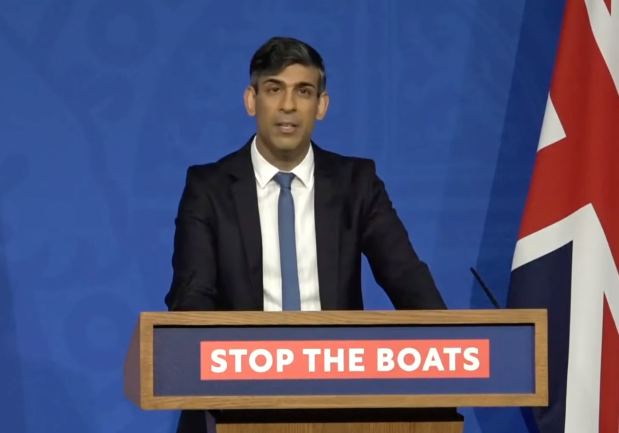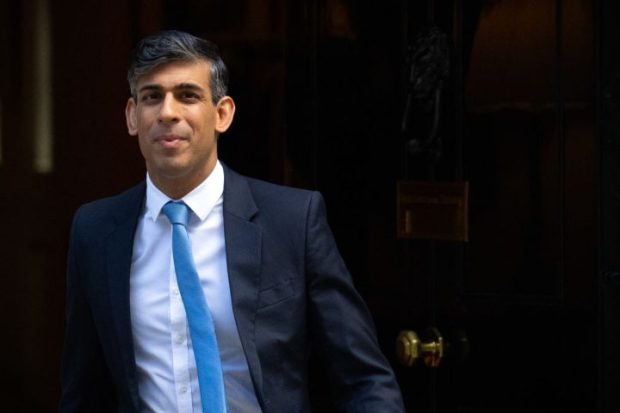Last week the Bank of England increased its forecast for economic growth in 2021 from 5 to 7.25 per cent. Now comes more evidence of an economic recovery that is gathering pace, in spite of many lockdown measures still being in place.
A UK report on jobs compiled by KPMG and REC, which uses data from 400 recruitment firms, measured in April the sharpest new increase in vacancies since it began in 1997. Contrary to the claims by the Labour party and others that British workers are facing a future of increasingly short-term contracts, the rise was principally down to a rise in vacancies for permanent roles which were at their highest since March 1998. The demand for temporary roles was at its highest since October 2014.
There is, however, a fly in the ointment. While the number of vacancies was at a record high the number of candidates available shrank in April. Employers cited a number of reasons for this. The prime one was uncertainty created by the pandemic: employees don’t feel like switching their jobs while everyday life remains under restrictions. However, they also mentioned Brexit, IR35 legislation (the government’s drive to get people on PAYE books if they are judged not to be genuine freelancers) and the furlough scheme.
The first of these ought not to be a problem for employers looking for skilled workers from overseas. In campaigning for Brexit, and in various pronouncements since, the Prime Minister made it clear that he wanted to open the UK jobs market to skilled people from countries outside the EU. The government has introduced a new points-based immigration system which puts workers from all over the world on an equal footing. Then again, the new system can hardly be expected to function well during a pandemic when many countries have closed their borders. With Australia for example warning that it may keep its borders closed until 2022 or even later, we may have to wait some time to see how well the system operates.
As for IR35, the government ought to be considering much more the effect of its tax crackdown on sectors such as IT – where there has long been a culture of employing people on freelance contracts. If it suits the industry to do that – and it can’t all be about avoiding the higher national insurance contributions due on employees’ salaries – the government shouldn’t be fighting against it. By their very nature, fast-growing industries like IT are going to need flexible labour.
The government should not dismiss either the complaint of employers that the furlough scheme is reducing the number of candidates. While it was understandable that the Chancellor wished to preserve jobs during full lockdown, the furlough scheme has been extended again and again and is currently scheduled to end in September, a full three months after life is supposed to be pretty much back to normal. As businesses are able to reopen, why do they still need to furlough workers? There is a great danger that the furlough scheme is allowed to become a semi-permanent form of very expensive unemployment benefit, propping up jobs which no longer really exist. That isn’t just a problem for taxpayers – it is a big problem for businesses which are expanding and which would like to make use of this pool of labour. Month by month, as furloughed workers get out of the habit of working, their skills will be wasting away. It is hard to see how the jobs market can be restored to full health until the furlough scheme is closed.
Got something to add? Join the discussion and comment below.
Get 10 issues for just $10
Subscribe to The Spectator Australia today for the next 10 magazine issues, plus full online access, for just $10.





















Comments
Don't miss out
Join the conversation with other Spectator Australia readers. Subscribe to leave a comment.
SUBSCRIBEAlready a subscriber? Log in